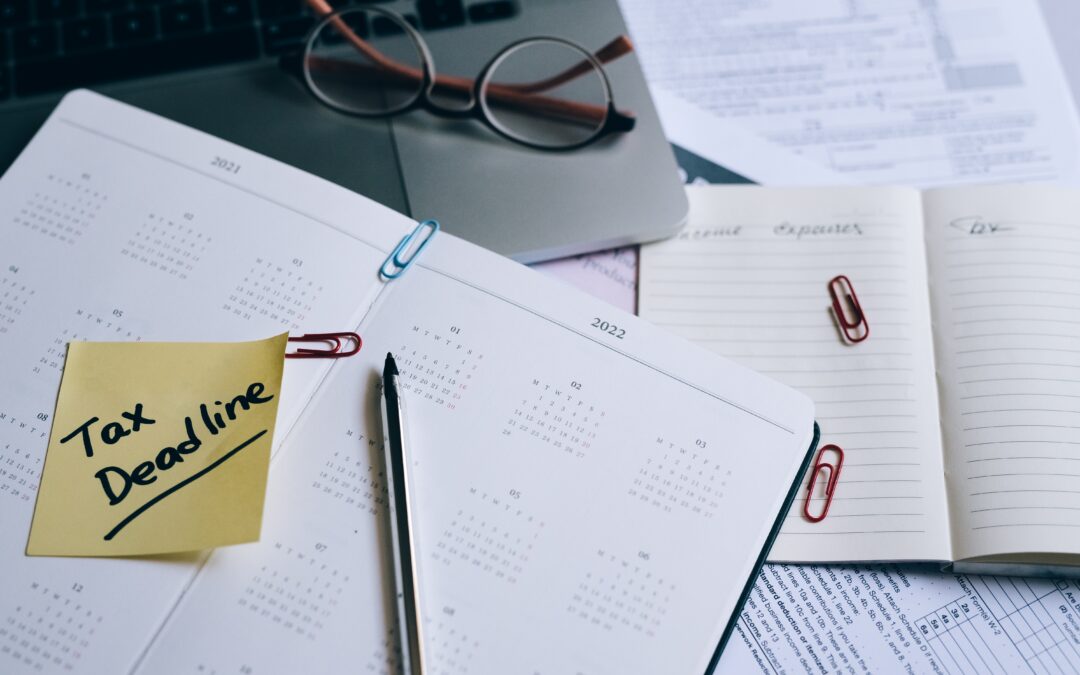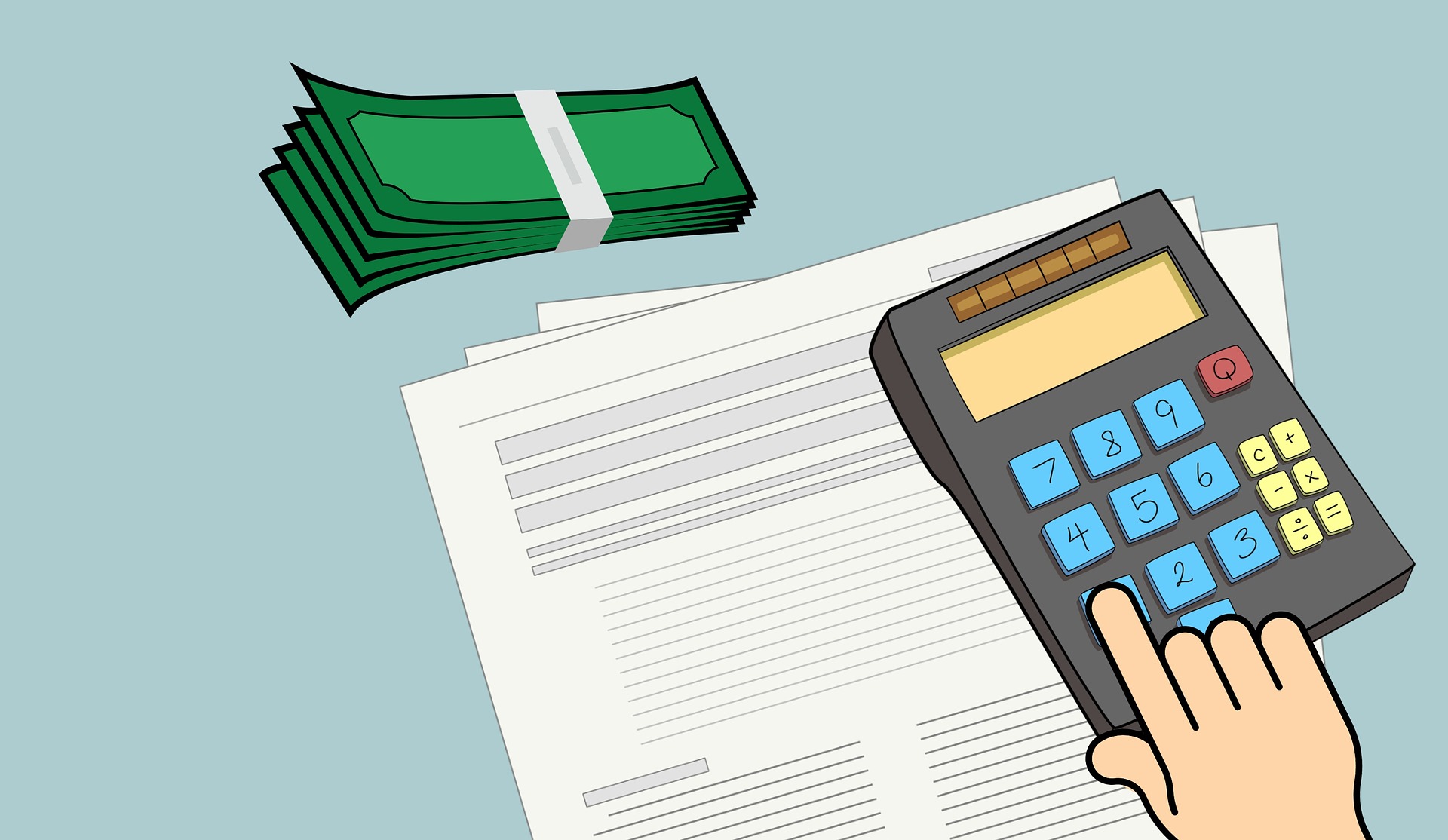At the end of this month, the self-assessment tax return is just around the corner, and you not only need to submit the return but also pay the tax on time.
Our clients often inquire about the methods of tax payment, as it is evidently crucial.
To assist you in understanding the payment methods more easily, our team has compiled a detailed list for you.
Paying in Full in Advance
If you have submitted the tax return before the final deadline, you can complete the payment at any time.
Many clients may wait until the last minute to remember the payment, which poses risks.
Considering that various payment methods such as bank transfers may have unpredictable delays, there is a possibility of incurring late penalties.
You need to know the exact amount of tax and complete the payment as soon as possible, especially if it’s your first attempt this year.
Budget Payment Plan
The budget payment plan has always been a recommended method of payment.
You only need to regularly pay a fixed amount to HMRC each month and settle the balance before the deadline.
The advantage of this method is that you can control the monthly payment amount and apply for a refund of any excess amount.
This can to some extent alleviate your payment pressure, and you can set up payments in advance for the next year.
Payments on Account
If you owe more than £1,000 in taxes and haven’t used PAYE to pay 80% or more of the tax, you need to make payments on account.
Here’s an example: If you submit your first tax return this year and owe £4,000 in taxes.
You must fully pay the current year’s debt and also pay an additional 50% as payments on account.
This money will be used for the first tax payment in the next tax year, with the remaining 50% of the tax payment due in July of the following year.
PAYE Payments
This payment method is suitable for users with secondary income, and you need to submit a self-assessment tax return for the secondary income.
You can pay the tax owed on secondary income through PAYE, and you can set up regular monthly payments.
Using PAYE for payment requires that the debt is less than £3,000, and you can set up the payment method in advance for the next year.
Moreover, if you have any questions about the self-assessment tax return, you can also consult our team for assistance.




